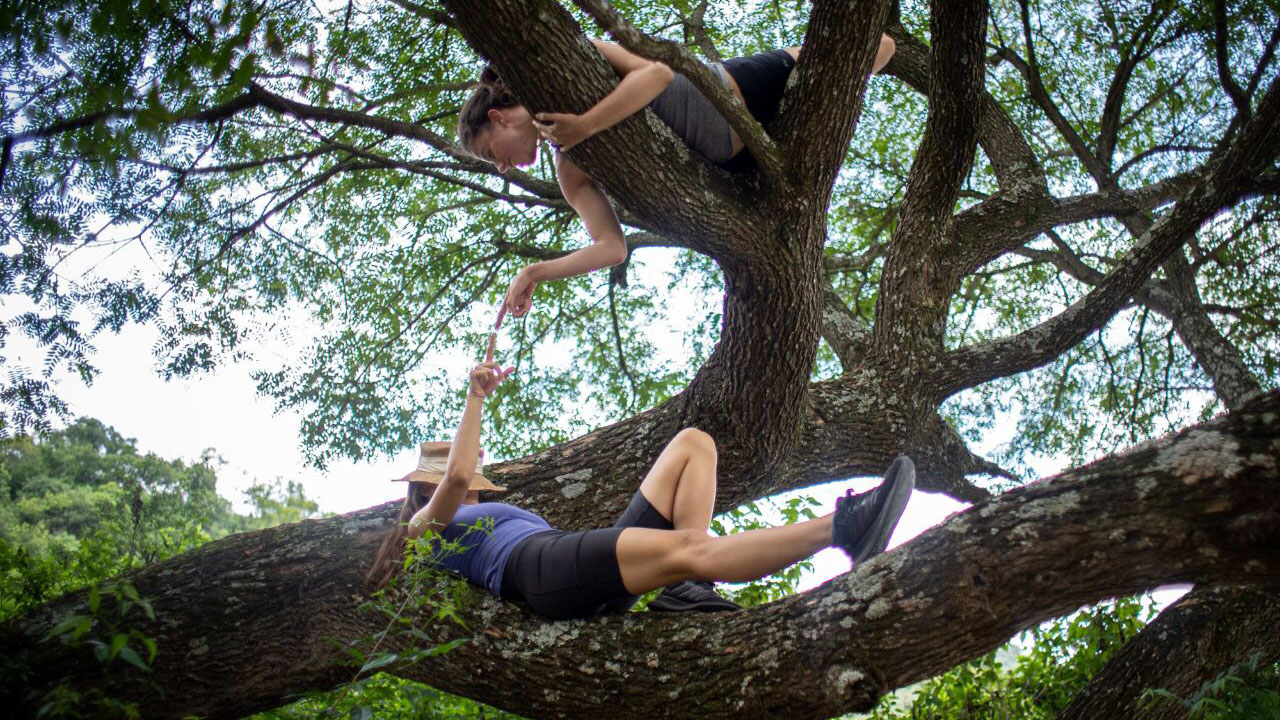
Gesture has to do with the body and what it conveys. In Spanish, we sometimes refer to it when we say that a person “has a good gesture”. The actions and attitudes of such a person show a broad spectrum, they act with generosity, they are people who behave with consideration towards other people. If a person has “a good gesture”, this is also reflected in his posture, in the way he communicates gesturally.
We can classify physical gestures according to the context in which they are placed and their meaning: social gestures (a hug, nodding the head, raising the thumb); ritual gestures that have a specific purpose such as actions within religious rites (folded hands, bending the knees, blessing the hands) and emotional and personal gestures that express, for example, fear, anger, love, hope. Their execution depends on cultural, psychological and hereditary factors.
Artists develop “deeper” gestures. Functional, conceptual or aesthetic gestures are created from an artistic intention. These gestures can be taken from everyday activities to give them a different meaning. The message we artists want to convey with our conception of gestures is not “literal”, because in and with contemporary art we propose a message to the viewers. Like a key, it can open a door, but the complete, processed or self-contained material and its interpretation is not given. That is to say, several interpretations can emerge behind the door.
The public is active and must “participate” in the construction of the meaning of the work and the message. In this sense, we artists think that the work does not fully exist without the audience. A real conclusion would be missing. So with each performance or representation, the artistic piece changes because the environment and the audience are different. The work comes to life anew each time it is seen, and there are active, living recipients who complete it.
The gestures of the dance are small moments of the dance work that remind us of what is proper to the human being: human communication with a pre-verbal sense. The gesture consists of: the hands, the face, the gaze, the posture, the intention of the action. Can you imagine how we would communicate if we did not have a phono-auditory system? Yes, of course we would. Language exists before we utter words and before we learn to imitate and repeat sound messages. Gestures are everything that precedes verbal expression.
Can you read people’s intentions before they speak to you? Do you recognize their intention to act? How does a person address you when you ask them to do something or when you want to tell them something? When and how do you ask to dance together, for example a tango? There are many ways to communicate with gestures and we can read “between the lines” of these messages. We can expand the visual registers that show how we communicate with others through gestures.
In dance we speak of “stage presence” to indicate the attitude or intention of the dancer. We are guided by ideas, emotions, concepts, stories that make us move and dance. In pantomime, the gestures of emotions and ideas are used in an exaggerated way. We say that these gestures are grotesque because the mimes have to show the gesture “literally” so that it is understood that it is about this specific emotion or idea and not another. In mime, you have to follow a story or a particular narrative line, there is no overt message. However, there are as many degrees, nuances and phases of sadness as there are of joy or any emotion or idea or notion that we can create. In dance we can open up these nuances, the avenues of subjective interpretations and create diverse and original worlds.
Everything we do has a context, a time, a space that gives a frame and an identity to what we want to show. In other words, the gesture does not exist alone. A gesture is part of the “grammar” of the language of dance. A gesture is like “a word” in a story. Subsequently, a choreography is created with combined gestures and movements that give it form, a music is determined, it develops in a space.
How does a gesture speak? It evokes physical sensations, reveals situations, suggests a physical and/or emotional state, generates ideas, tells stories that those of us who observe it will unravel.
Libertad Esmeralda Iocco